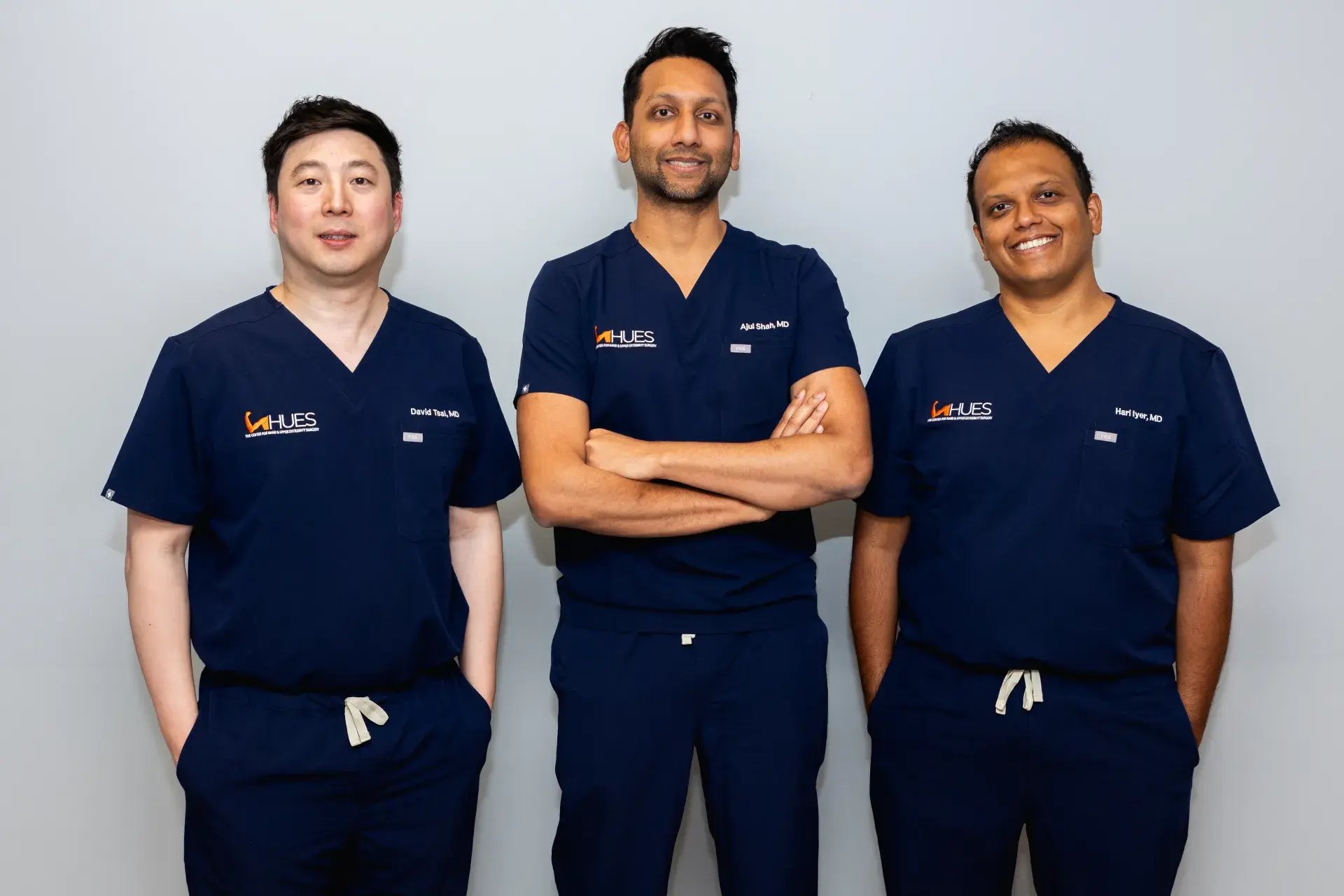David Tsai
MD, FACS
Hand & Upper Extremity SurgeonDouble Board Certified in Plastic Surgery and Surgery of the Hand

Joint denervation surgery is a minimally-invasive treatment option for chronic joint pain that involves permanently removing the nerves responsible for transmitting pain signals. This procedure is done without interfering with the mechanics of the affected joint to eliminate the sensation of pain. The Center for Hand and Upper Extremity at The Institute for Advanced Reconstruction is one of only a handful of surgical centers in the world with the expertise to perform specialized nerve surgeries, such as joint denervation.
Conditions Treated
Denervation surgery can alleviate chronic pain by interrupting the transmission of pain signals from the affected joint. This can significantly reduce discomfort and improve the quality of life for individuals suffering from persistent joint pain.
Before undergoing joint denervation surgery, individuals typically need to meet certain pre-qualifiers. These include a confirmed diagnosis of chronic joint pain that haven't responded to conservative treatments, such as medications or physical therapy. If you have any severe underlying medical conditions that pose a high risk for surgery or anesthesia, or an active infection in the joint or surrounding tissues, joint denervation surgery may not be the right choice for you.
The surgeons at the Center for Hand and Upper Extremity are among just a handful of physicians in the world with the training and expertise to perform joint denervation surgery – making our center one of the top facilities in the country for nerve-related procedures, and a national leader in surgical protocols and outcomes. Get to know our joint and nerve experts.
Joint denervation is a minimally-invasive procedure typically performed on an outpatient basis. Right before joint denervation surgery, patients typically undergo a final pre-operative check, where vital signs are reviewed, and any last-minute questions or concerns are addressed. Anesthesia is administered based on the agreed-upon plan—this could involve local, regional, or general anesthesia, depending on the procedure and your individual needs.
For the procedure, our surgeon will make small incisions in the affected area to meticulously and microscopically dissect the nerve branches to the joint and remove them systematically. We only remove pain-transmitting nerves, so you don’t need to worry about loss of sensation or functionality.
After surgery, patients are moved to a recovery area where they are closely monitored. Pain management strategies are implemented to ensure comfort, and any immediate post-operative instructions are provided, including wound care and limitations on activities, before being discharged.
Typically, there is no prolonged recovery period with denervation surgery, including no casting, therapy, or restriction on motion post-operatively. Furthermore, the procedure does not affect the joint mechanics – whatever motion you had prior to surgery is what you can expect after surgery without significant loss. In fact, the motion may even improve because there is less pain associated with activity.
You should be able to resume normal activity within one to two weeks. After surgery, most patients experience significant pain relief in as little as three weeks, making joint denervation an excellent choice for those who desire quick, lasting pain relief.
who underwent [treatment] for [condition].
1-2 sentences introducing the patient story and enticing visitors to explore more stories about patients who sought care at the Center for Hand and Upper Extremity.
Visit our Patient Resource Center online to access useful information such as intake forms, tips for your first appointment, ways to prepare for surgery, and more.
Joint denervation is intended to provide long-term pain relief, but the results can vary. In some cases, the pain relief might be long-lasting, while in others, the nerves may regenerate, and pain could return over time.
Complications are rare but can include infection, bleeding, nerve damage, or numbness. Discuss potential risks with your surgeon before the procedure.
Some patients experience immediate relief post-surgery, while others might have temporary discomfort before noticing improvement. Full pain relief will take weeks as the surgical site heals.
Yes, alternatives include physical therapy, medications, corticosteroid injections, or other more invasive procedures. Your doctor can discuss which options might be suitable for your condition.
In some cases, joint denervation can be repeated if the pain returns. However, the effectiveness of subsequent procedures might vary, and it's essential to discuss this with your doctor.
Pain management strategies prescribed by your surgeon may include medications, ice packs, rest, and elevation to minimize discomfort during recovery.
